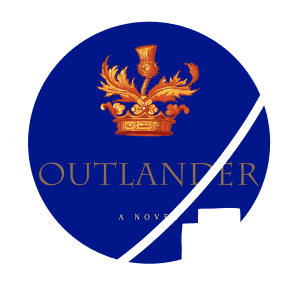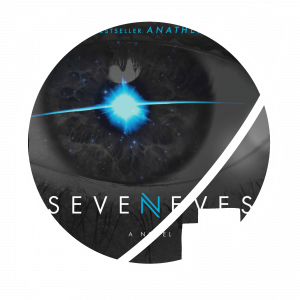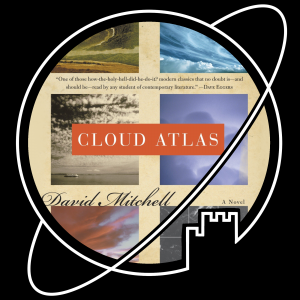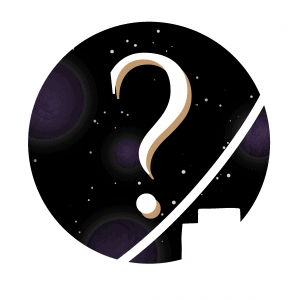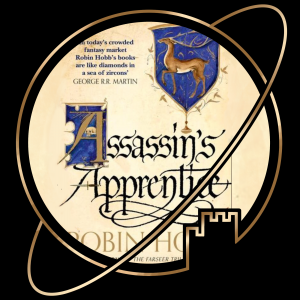- Novel co-written by Neal Stephenson and Nicole Galland
- Published on 13 June 2017
- Followed by Master of the Revels
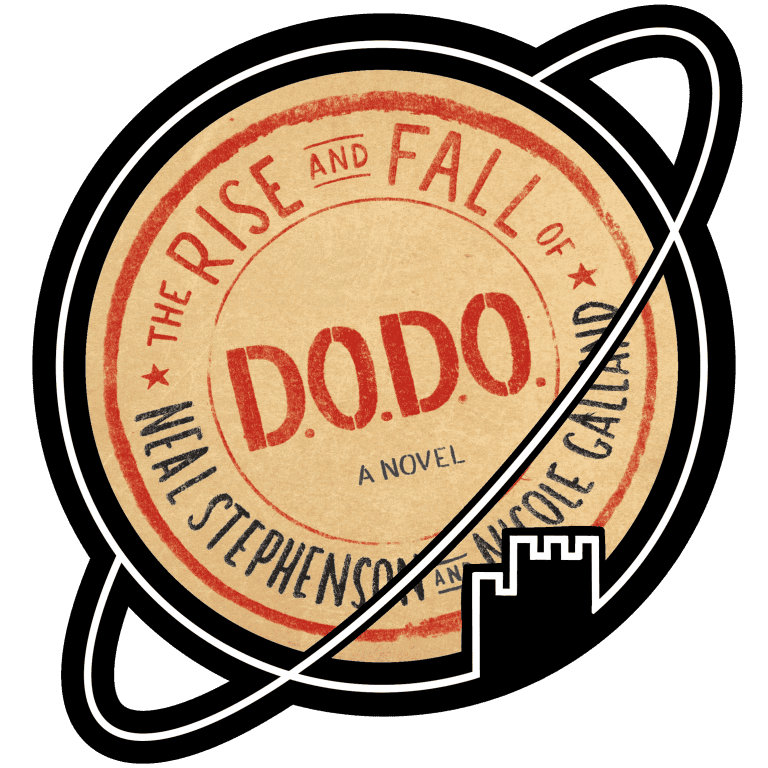

Listened to the full cast audiobook – well read by all actors, but due to the narrative structure the full-cast effect wasn’t nearly as satisfying as it is for some other audiobooks.
I’ve often said that I love stories with interesting story structures, and The Rise and Fall of D.O.D.O. is certainly one of them. The novel switches back and forth between contemporary or near future science fiction and a whole series of different historical settings, which, as the novel progresses, start bleeding into each other more and more.
The premise of the story which makes all of this possible – the contemporary characters finding a way to revive magic and use it for time travel – is one which might have only been dreamt up by a team like Galland and Stephenson: the first a specialist in historical fiction, the second a big name in the sci-fi scene.
The resulting novel, once it gets going, is incredibly dynamic and fast-paced, though it might take the reader some work to keep up with all the plotlines that are moving at the same time.
I haven’t read anything else by Galland, but my sense is that The Rise and Fall of D.O.D.O takes a lot more from her style than it does from Stephenson’s. Gone (or at least: shortened) are the long tangents on feral hogs in Texas or orbital mechanics that I know Stephenson for. In exchange, we get a lot more interpersonal dynamics and interesting variation in narrative style. What we certainly retain from a Neal Stephenson novel, however, is that the narrative takes on more and more fragments of insanity as it nears the end.
I think the historical settings in the book are well-researched, just like Stephenson’s signature tangents usually are. But even though I’m an incredible history nerd, I really missed the original thought that goes into the sci-fi tangents (who’d have thought I would say that after my review of Termination Shock?). Perhaps I don’t read enough historical fiction to be able to assess how exceptional the historical accuracy actually is.
On the topic of historical accuracy, I would be remiss to not mention that the authors recognise the Historical European Martial Arts (H.E.M.A.) scene when describing the historical training time travellers need to undergo – implicitly touching on every H.E.M.A..ist’s secret dream of testing out their skills against the practitioners of the times long gone.
Overall, I think The Rise and Fall of D.O.D.O. is a pleasure to read, with interesting and surprising twists and a nice focus on the characters. It is, however, perhaps less thought-provoking than the top-shelf science fiction is and a little less dramatic than some of the best fantasy. Still, I think that readers of both genres will really appreciate the original blend of stories. I know I am looking forward to putting on the sequel (by Galland allone) sometime soon.






